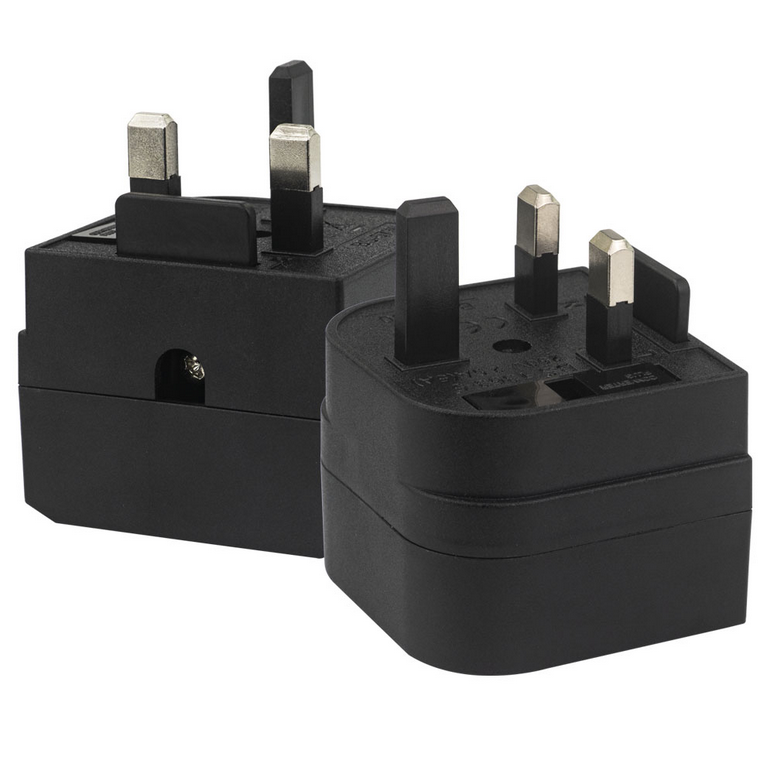Step-by-Step Guide to Plug converter EU to UK

Traveling from Europe to the UK? One essential item you’ll need is a plug converter to ensure your electronic devices work properly. The UK uses a different plug type (Type G) compared to most European countries (Type C/F). This guide will walk you through everything you need to know about EU to UK plug converters.
Step 1: Understand the Difference between EU and UK Plugs
Before purchasing a converter, it’s important to recognize the differences:
· EU Plugs (Type C/F)
o Two round pins
o Voltage: 220-240V
o Common in most European countries
· UK Plugs (Type G)
o Three rectangular pins (live, neutral, and earth)
o Voltage: 220-240V (same as EU, so no voltage converter is needed for most devices)
Step 2: Choose the Right Type of Converter
There are two main options for adapting your EU plugs to UK sockets:
Option 1: Basic Plug Adapter
· What it does: Simply changes the shape of the plug to fit a UK socket.
· Best for: Short-term travel (e.g., vacations, business trips).
· Pros: Lightweight, affordable, easy to carry.
· Cons: Only changes the plug shape—does not convert voltage (though this is usually not needed between EU and UK).
Option 2: Universal Travel Adapter
· What it does: Works with multiple plug types, including EU to UK.
· Best for: Frequent travelers who visit different countries.
· Pros: Versatile, can be used in multiple regions.
· Cons: Slightly bulkier and more expensive than a basic adapter.
Step 3: Check Your Device’s Voltage Compatibility
· Most modern electronics (phones, laptops, cameras) support dual voltage (100-240V) and only need a plug adapter.
· Check the label on your device’s charger or power supply for voltage information.
· If your device only supports 110V (common in the US, Canada, or Japan), you’ll need a voltage converter in addition to a plug adapter.
Step 4: Purchase a Reliable Adapter
· Buy from trusted brands like BESTEK, OREI, or Ceptics to ensure safety.
· Avoid cheap, unbranded adapters, as they may overheat or fail.
· Consider a multi-port adapter if you need to charge multiple devices at once.
Step 5: How to Use the Adapter Safely
1. Insert the EU plug into the adapter securely.
2. Plug the adapter into the UK wall socket.
3. Check for overheating—if the adapter or device gets too hot, unplug it immediately.
4. Do not overload—avoid plugging high-power appliances (hair dryers, kettles) unless the adapter is rated for them.
Bonus Tip: Consider a UK Power Strip
If you’re staying long-term, buying a UK power strip with multiple outlets can be more convenient than carrying multiple adapters.
Final Thoughts
An EU to UK plug adapter is a must-have for travelers. By following this guide, you can ensure your devices stay powered safely and efficiently. Always double-check voltage compatibility and invest in a quality adapter to avoid any electrical issues.
Safe travels, and enjoy your trip to the UK!
- Art
- Causes
- Crafts
- Dance
- Drinks
- Film
- Fitness
- Food
- Games
- Gardening
- Health
- Home
- Literature
- Music
- Networking
- Other
- Party
- Religion
- Shopping
- Sports
- Theater
- Wellness


